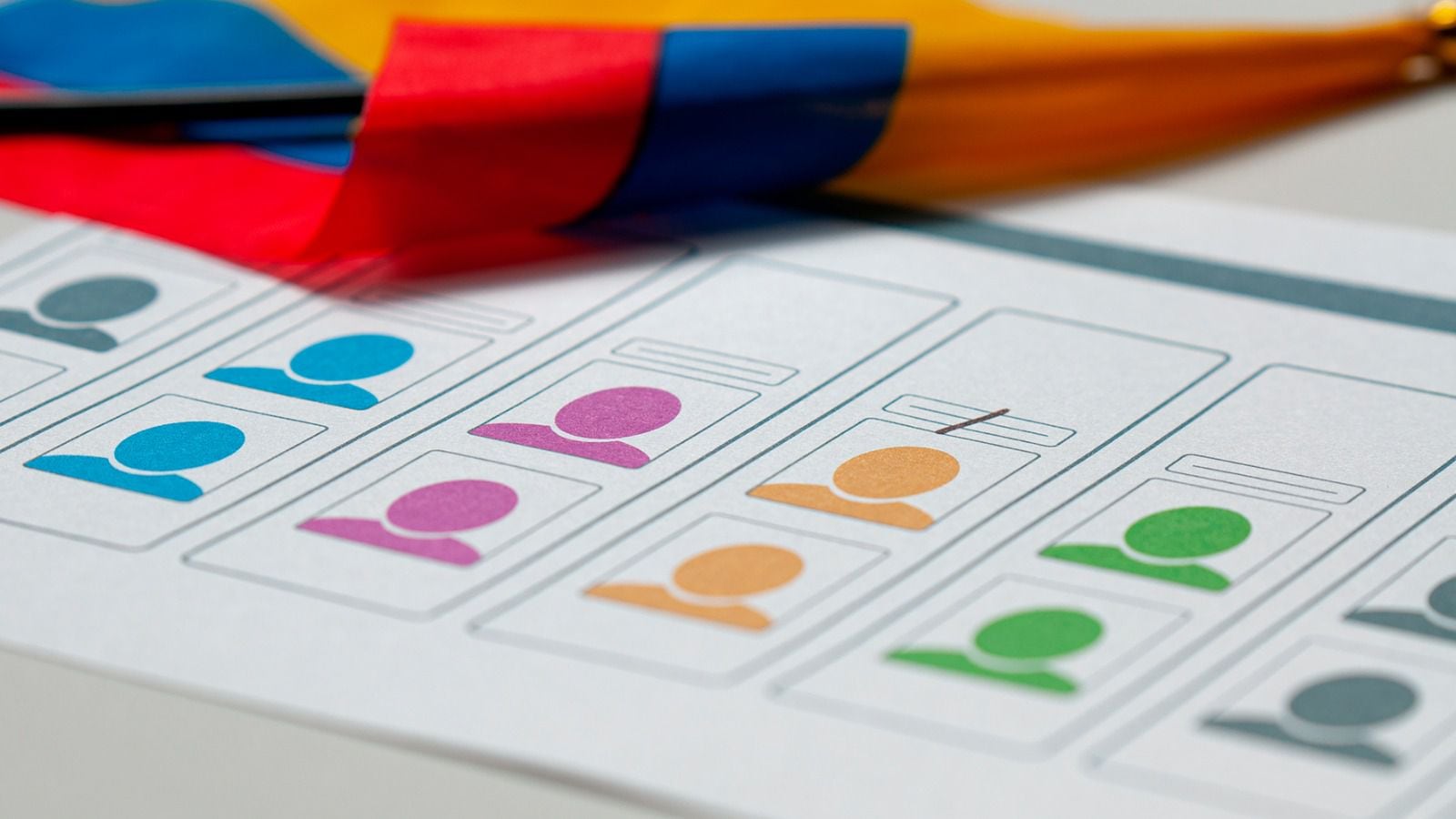
Election polls have a checkered history in the United States. Alternatively, they gain or lose the trust of citizens to the extent that they achieve surprising successes or fall into appalling errors.
At first, these errors were clearly methodological. People were interviewed on the street or arbitrary quotas were used. Rigor was lacking when selecting the sample.
When everyone finally understood the probabilistic laws, it was seen that they also had to be very careful in the survey, initially assigned to people without schooling, who could barely read the questions and to whom the door was not opened because they seemed like beggars.
In the 1948 presidential election, all pollsters predicted the comfortable victory of Thomas E. Dewey. It seemed logical because Harry S. Truman had lost many followers and voters said they wanted change.
Dewey was so convinced of winning that he campaigned without promises or attacks, with an indefinite slogan (“We have the future before us”). He even announced his cabinet in advance.
The newspapers no longer spent money on new polls closer to election day and on that date they advanced their editions naming him as the winner.
Truman swept, people were disappointed in the polls, and the newspapers, embarrassed, stopped publishing them.
One of those who got it wrong, George H. Gallup, discovered that they had been asking registered voters and not likely voters. Also that, in the last weeks of the campaign, Dewey’s voters lost enthusiasm and did not go to the polls or simply changed their vote because the candidate, arrogantly, stopped answering his rival’s attacks, giving the impression that they were true.
To gain more certainty, they began asking voters more questions. They found that the following were good predictors: approval of the sitting president, assessment of one’s economic situation, and belief that the country is or is not headed in the right direction.
And so the story has continued. In 1998 there was another great disappointment. Everyone was wrong by saying that Democrats would lose seats in the House of Representatives. It was what had happened since 1934: the president’s party fell in the midterm elections. Furthermore, Bill Clinton was in the middle of the Monica Lewinsky scandal, on the verge of impeachment.
The last streak of mistakes began in 2016. All polls predicted that Donald Trump would not obtain the Republican nomination, much less the presidency. A week before the elections they considered Hillary Clinton the sure winner, with a double-digit lead.
The pollsters went ballistic trying to explain their mistake. They invented the theory of the shy voter (who is embarrassed to admit that they sympathize with Trump) and that of the anti-establishment voter (Trumpists are against the establishment and that is why they do not answer surveys). They recognized that they had underestimated the segment of white workers without higher education, decisive for Trump. They promised to take it into account and better evaluate their results.
In 2020 they failed again. They gave Joe Biden a double-digit lead and he only had it by 4%. He was credited with more black and Hispanic votes than he actually got.
They blamed the changes in the electoral process and the pandemic, since it could not be known how many voters would vote.
Apologies
Pollsters always warn that surveys are instantaneous, valid only for the moment the questions are asked. They note that they have a margin of error, depending on the size of the sample. They point out that it is the undecided who change the trends they announce. They explain that there is distrust in the entire political ecosystem and that is why people feel that the pollster is extracting information that will be used against them.
They exaggerate the impact of events in the final weeks of the campaign, which change everything (“the October surprise”).
The reputation of the pollsters has also been affected because, in addition to the traditional pollsters of newspapers and universities, others with clear partisan bias have joined them. It is known, for example, that Trafalgar Group always presents results that are more favorable to Republicans.
Parties and candidates finance these polls because they raise the morale of their members, attract votes from the undecided and, above all, increase donations.
Survey aggregators (like FiveThirtyEight) combine the results of many, making adjustments for their methodological frailties and biases. It is a daring that does not always work for them.
